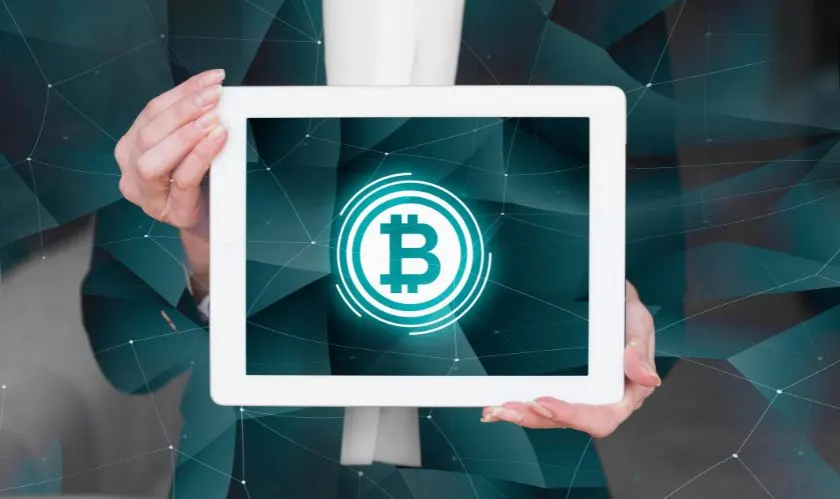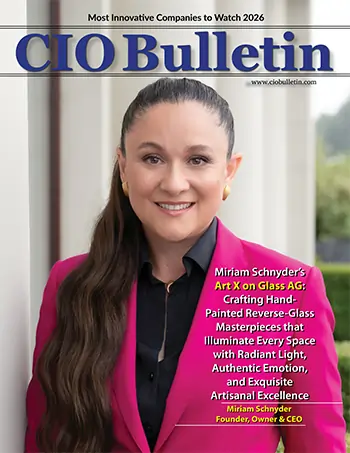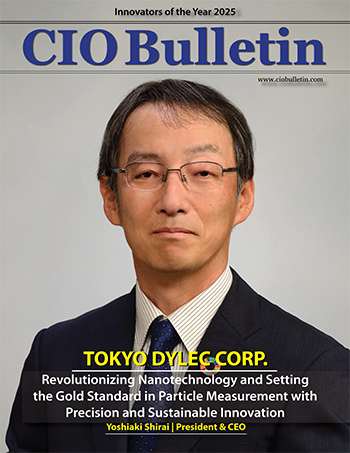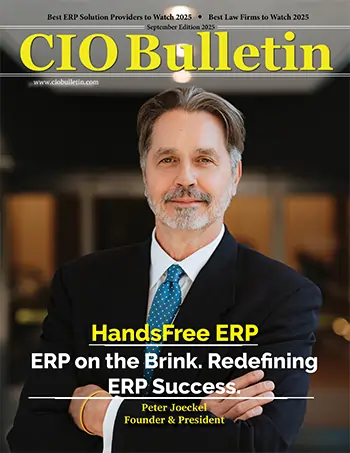Home Industry Crypto and virtual money Best 5 Prominent Decentralized...
Crypto And Virtual Money

CIO Bulletin
20 September, 2025
Decentralized exchanges have become a central part of cryptocurrency trading, offering fast transactions and direct control over assets. As these platforms evolve, speed and efficiency now play a major role in how traders choose where to exchange digital tokens. The best platforms stand out by combining high-speed performance with secure and seamless trading experiences.
This article highlights five prominent decentralized exchanges that have gained attention for their strong performance and smooth user experience. Each section explores a different platform, showing how they deliver quick trades while maintaining flexibility and ease of use. By the end, it becomes clear which exchanges set the standard for fast and effective trading in today’s market.
Apex Exchange stands out as a decentralized platform built for speed and efficiency. It supports both perpetual contracts and spot swaps, giving traders flexibility in how they manage their assets. Low fees and direct wallet connections make it appealing to those who want more control.
The design of the platform allows users to keep custody of their funds. This self-custody model reduces dependence on third parties and supports greater security. As a result, traders can execute orders without giving up ownership of their assets.
The ApeX non-custodial exchange also offers leverage trading on a selection of tokens. This feature appeals to experienced traders who seek more advanced strategies. However, it still maintains a straightforward interface that makes navigation simple.
High-speed performance is another key feature. The system handles orders quickly, which helps reduce slippage during volatile market conditions. This speed, combined with its decentralized structure, makes Apex a strong choice for those who value both efficiency and self-custody.
GMX is a decentralized exchange that supports perpetual and spot trading on networks such as Arbitrum and Avalanche. It allows users to trade directly from their wallets without giving up custody of their funds. This model appeals to traders who want both speed and security.
The platform offers leverage of up to 50x on popular assets like BTC and ETH. Its fee structure is transparent, which helps traders plan their costs more effectively. In addition, liquidity providers can earn rewards by contributing to the trading pools.
GMX uses price feeds from Chainlink oracles to help maintain accurate trade execution. This reduces risks tied to sudden market swings and gives traders more confidence in their positions.
Security remains a focus, supported by a large bug bounty program that encourages testing and reporting of weaknesses. Combined with multi-chain access, these features make GMX a strong choice for those seeking fast and flexible decentralized trading.
Hyperliquid operates on its own blockchain, which allows it to process trades faster than many other decentralized exchanges. It uses an on-chain order book model that gives traders a familiar experience similar to centralized platforms. This design helps reduce delays and keeps trading smooth even during high activity.
The platform supports both spot and perpetual futures markets. Traders can access low fees and quick execution, which makes it appealing for those who value speed. In addition, deposits from multiple networks make it easier for users to move assets directly without extra steps.
Security has remained a strong point, as no major breaches have been reported so far. Its structure combines transparency with performance, which attracts both casual traders and professionals. As a result, Hyperliquid has grown into one of the most active decentralized exchanges in the market.
Another key feature is its focus on scaling for high-frequency strategies. Sub-second trade matching allows large volumes of activity without slowing the network. This balance of speed and decentralization sets it apart in the current trading landscape.
Uniswap stands as one of the most established decentralized exchanges in the market. It uses an automated market maker model that allows users to trade directly from their wallets without the need for a central authority. This approach gives traders more control over their assets.
The platform operates mainly on the Ethereum network, which provides strong security and a wide range of token options. Over time, it has expanded to support additional blockchains, which helps reduce transaction costs and increase accessibility.
Liquidity plays a major role in Uniswap’s success. Large pools of assets allow trades to process quickly with minimal price slippage. As a result, it attracts both casual users and more experienced traders.
Another key point is its focus on innovation. Each new version introduces upgrades that improve speed, efficiency, and user experience. Because of this, Uniswap continues to hold a leading position in decentralized trading.
dYdX has grown into one of the most recognized decentralized exchanges for derivatives trading. It shifted from Ethereum to the Cosmos ecosystem, which gave it more speed and flexibility. This move allowed the platform to process trades with lower fees and faster settlement.
The exchange focuses on perpetual contracts, which appeal to advanced traders who want more than simple spot trading. Its design supports high liquidity, so users can enter and exit positions without large price slippage. This makes it practical for both small and large orders.
Security remains a priority, as the platform operates without a central authority holding user funds. Traders keep control of their assets through self-custody wallets, which reduces counterparty risk.
In addition, dYdX provides advanced tools such as order types and charting features. These options give traders more control over their strategies. As a result, it has become a strong choice for those who value speed, flexibility, and direct asset control in a decentralized environment.
These five decentralized exchanges show how fast and efficient trading has become in 2025. Each platform offers strong liquidity, competitive fees, and tools that give users more control over their assets.
They also highlight how speed and security now work together, making trading more practical for both new and experienced users.
As a result, traders can choose platforms that balance performance with accessibility, giving them a straightforward way to manage assets without losing control.







